Unlock: Hokkaido
How to make the most of Japan’s glorious northern island
Hokkaido, the northernmost of Japan’s main islands, consistently ranks among the country’s most in-demand destinations for visitors. And no wonder: with a land area nearly as large as South Korea, immense natural diversity, and a plethora of attractions from world-class ski resorts to a vibrant culinary scene in cities such as Sapporo, Hakodate, and Otaru, there’s enough to keep even the most intrepid of travelers busy. But since the abundance can get overwhelming, especially if you’re short on time, we’ve put together this quick hit list of things not to overlook in Hokkaido this season. Grab a warm coat and head north…
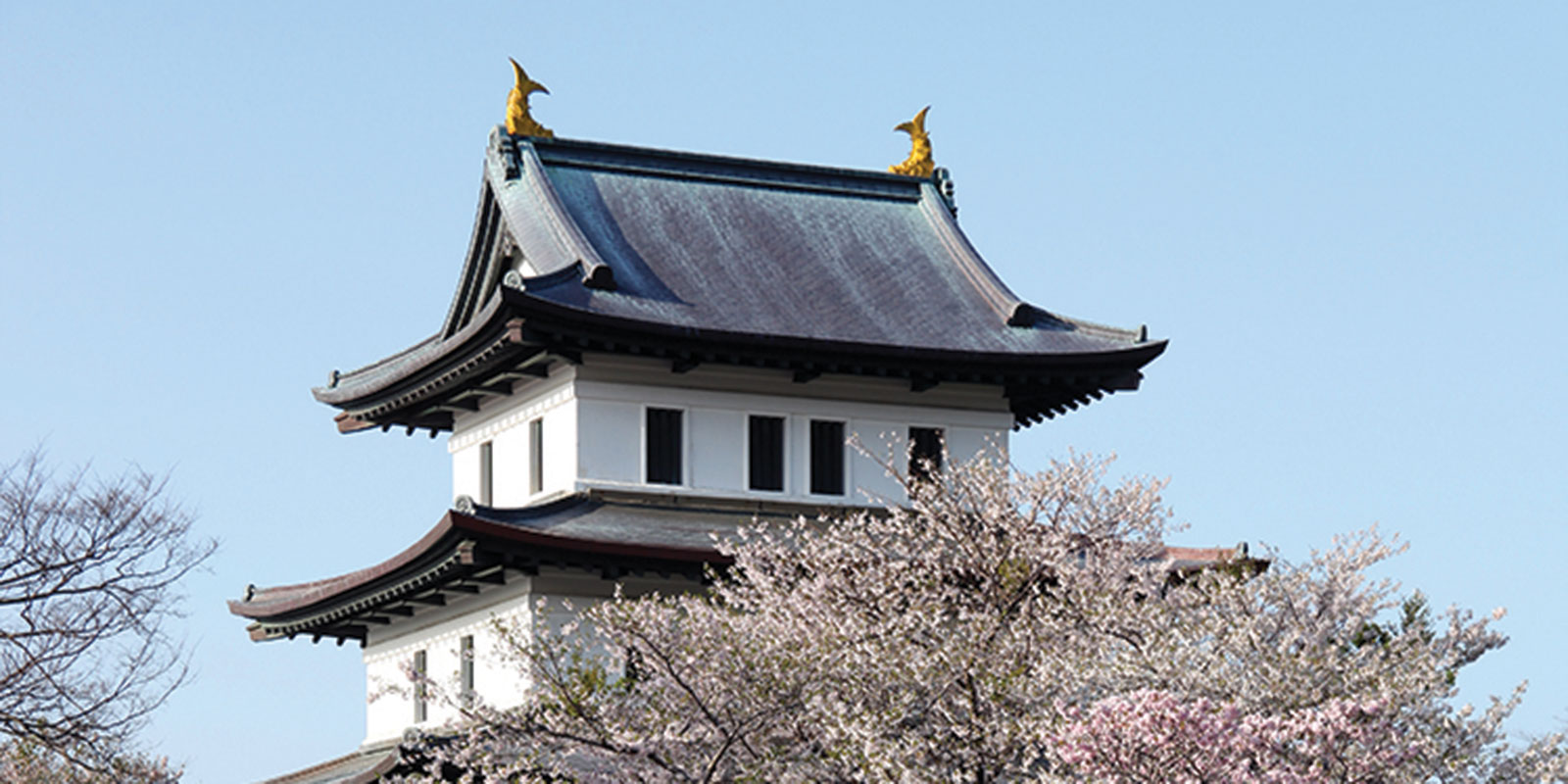 Matsumae castle | The Hokkaido Matsumae Tourism and Products Association
Matsumae castle | The Hokkaido Matsumae Tourism and Products Association
1. See samurai tombs
Matsumae-gun, Hokkaido
The city of Matsumae near the southernmost point on Hokkaido grew out of the first Japanese outposts on the island after the Matsumae samurai family was granted sovereignty over Hokkaido in 1590. The Matsumae constructed the country’s northernmost castle to protect the town and today the reconstructed building stands as a symbol of the samurai past. In the adjacent temple district you can find other structures from the era and the graves of the Matsumae lords.
144 Matsushiro, Matsumae, +81 13 942 2216, 9am-5pm daily. ¥360
2. Go underground
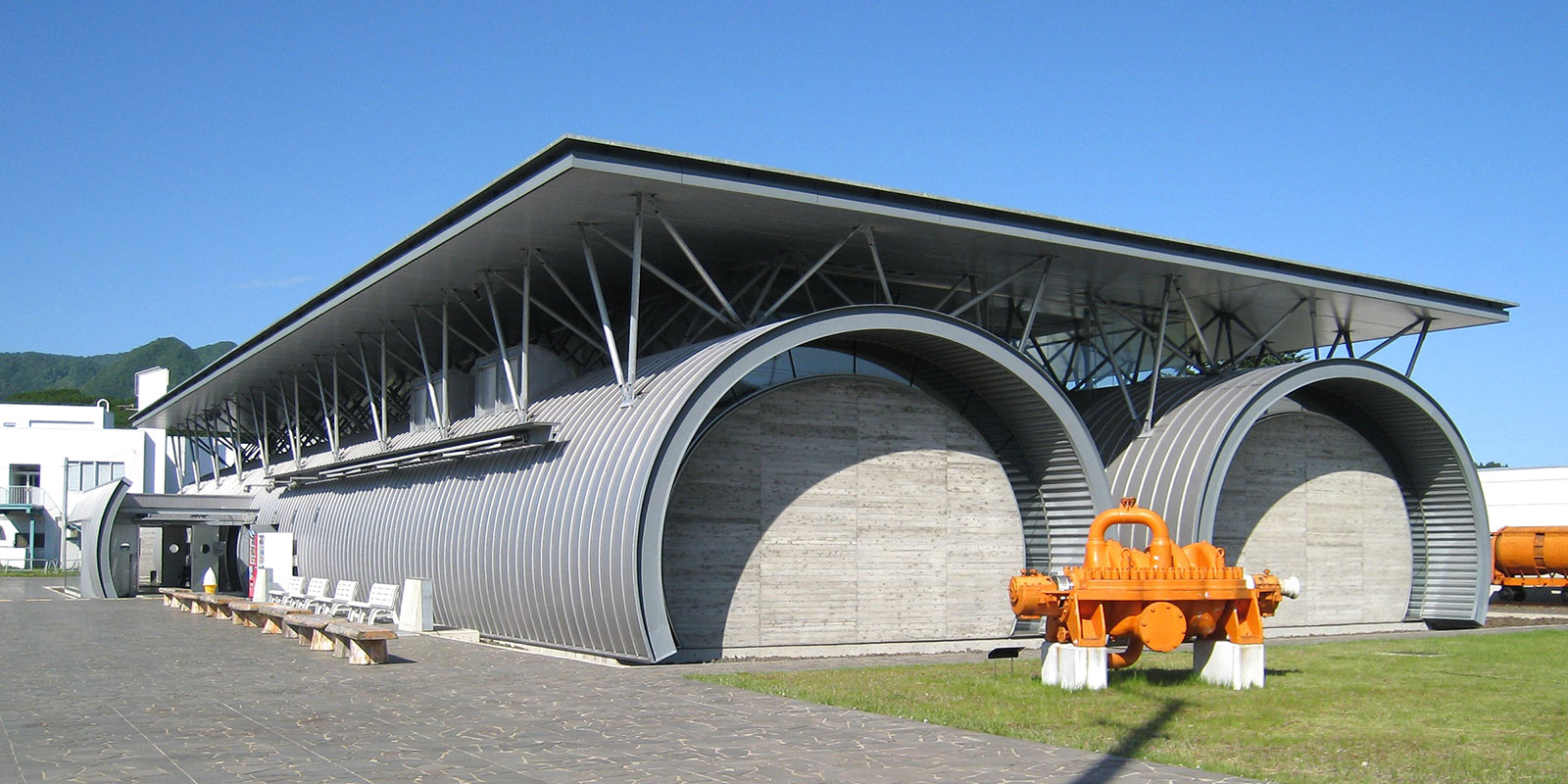 Mukasora/Wikimedia Commons
Mukasora/Wikimedia Commons
Another standout piece of architecture can be explored in the nearby town of Fukushima, where the Seikan Tunnel Museum details the construction of the 54km undersea passage between Honshu and Hokkaido. A tour offered at the museum takes visitors 140m below the surface into one of the Seikan’s service tunnels.
seikan-tunnel-museum.jp/en 32-1 Mitake, Fukushima, +81 13 947 3020, 9am-5pm daily
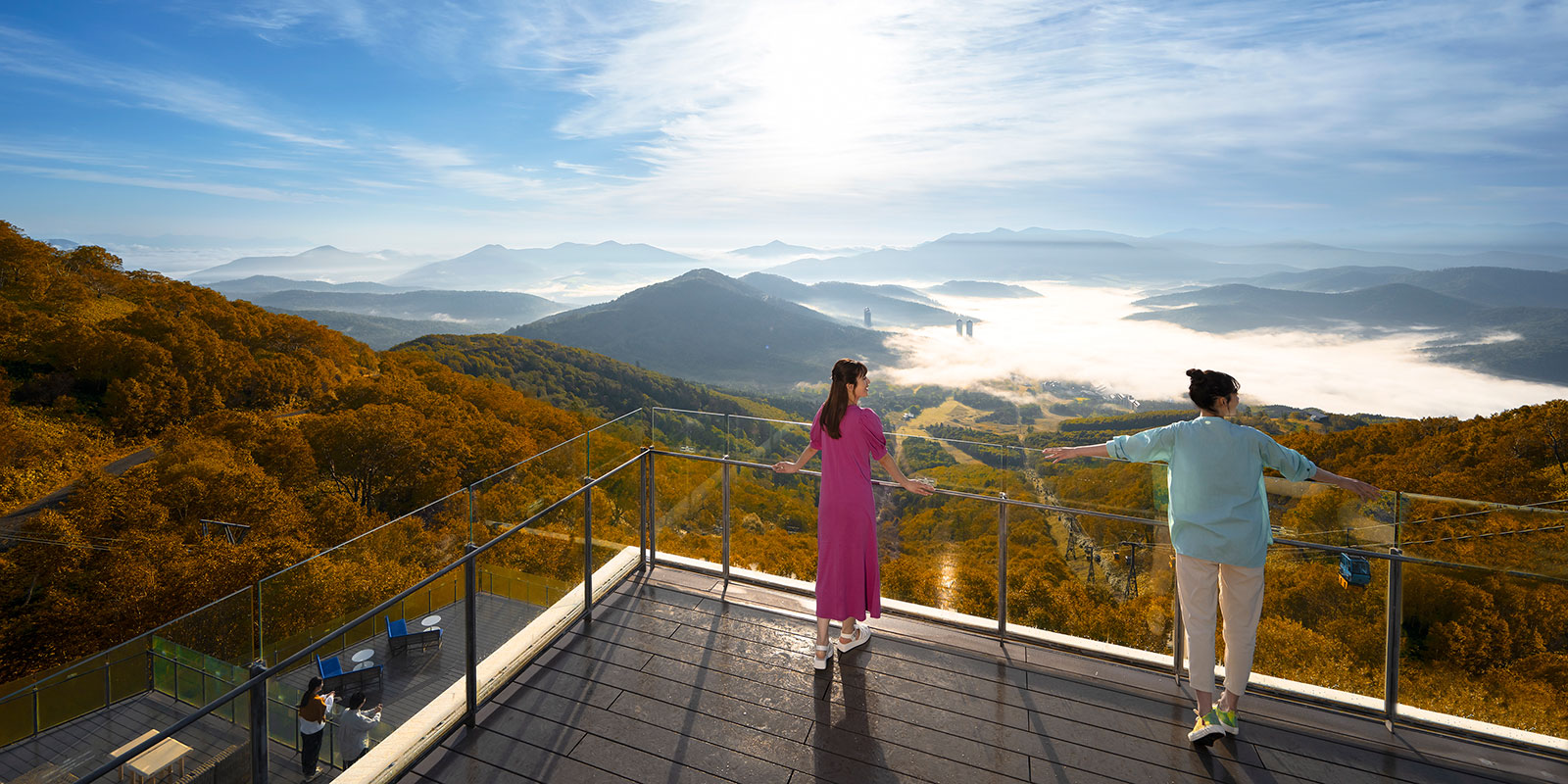 Unkai Terrace
Unkai Terrace
3. Rise to cloud nine
Unkai Terrace, Shimukappu
The Unkai Terrace is a stunning observation point designed to offer visitors high-altitude views of the “sea of clouds” (unkai) the area is famed for. Seven vantage points nearly 1,100m above sea level provide ethereal vistas of the seasonal phenomenon where soft white clouds appear to form an ocean with the peaks of surrounding mountains poking out like islands. It all makes for some memorable photo ops: from the right angle, the tall chairs at the Terrace’s Cloud Bar make it look like you’re sipping a drink miles above the ground.
snowtomamu.jp/summer/en/unkai/ Nakatomamu, Shimukappu, +81 16 758 1111, 4.30am-8am until Sep 30, 5am-8am Oct 1-15. ¥1,900 (adults), ¥1,200 (children aged 7-11)
4. Paddle through nature
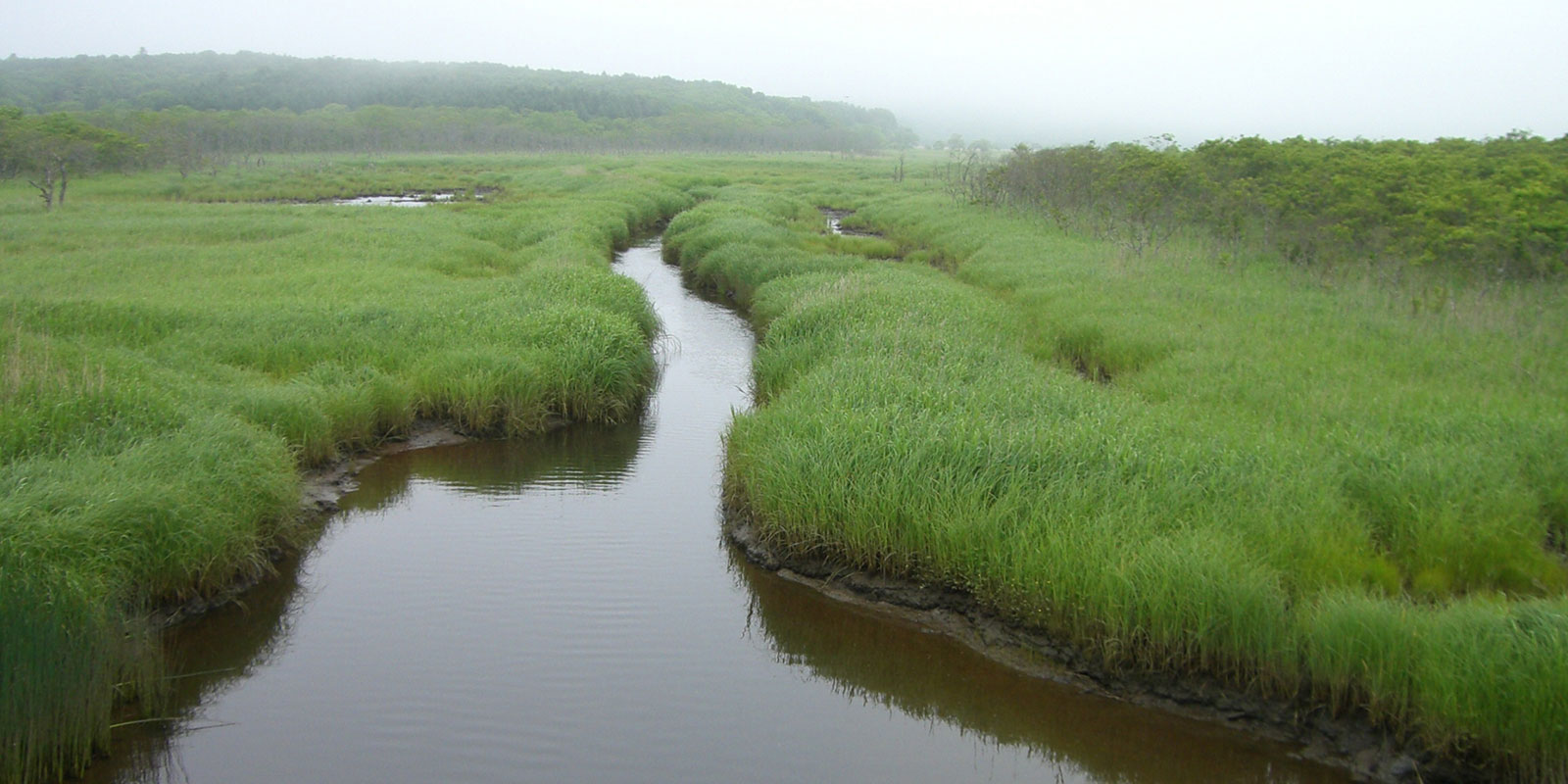 Flickr
Flickr
If you’re looking for a raw taste of Hokkaido’s wilderness and wildlife, it doesn’t get any better than canoeing through the marshes of the Kiritappu Peninsula on the far eastern end of the island. A great variety of birds, including cranes, sea eagles, and swans, as well as large mammals like deer, foxes, and even bears reside in or migrate through the 3,100-hectare wetlands, which are protected under the international Ramsar Convention. Tour operators in the area are required to adhere to strict sustainability requirements and are committed to safeguarding the natural environment. Canoe tours are offered until the wetlands freeze over, usually in mid-November.
Hamanakacho
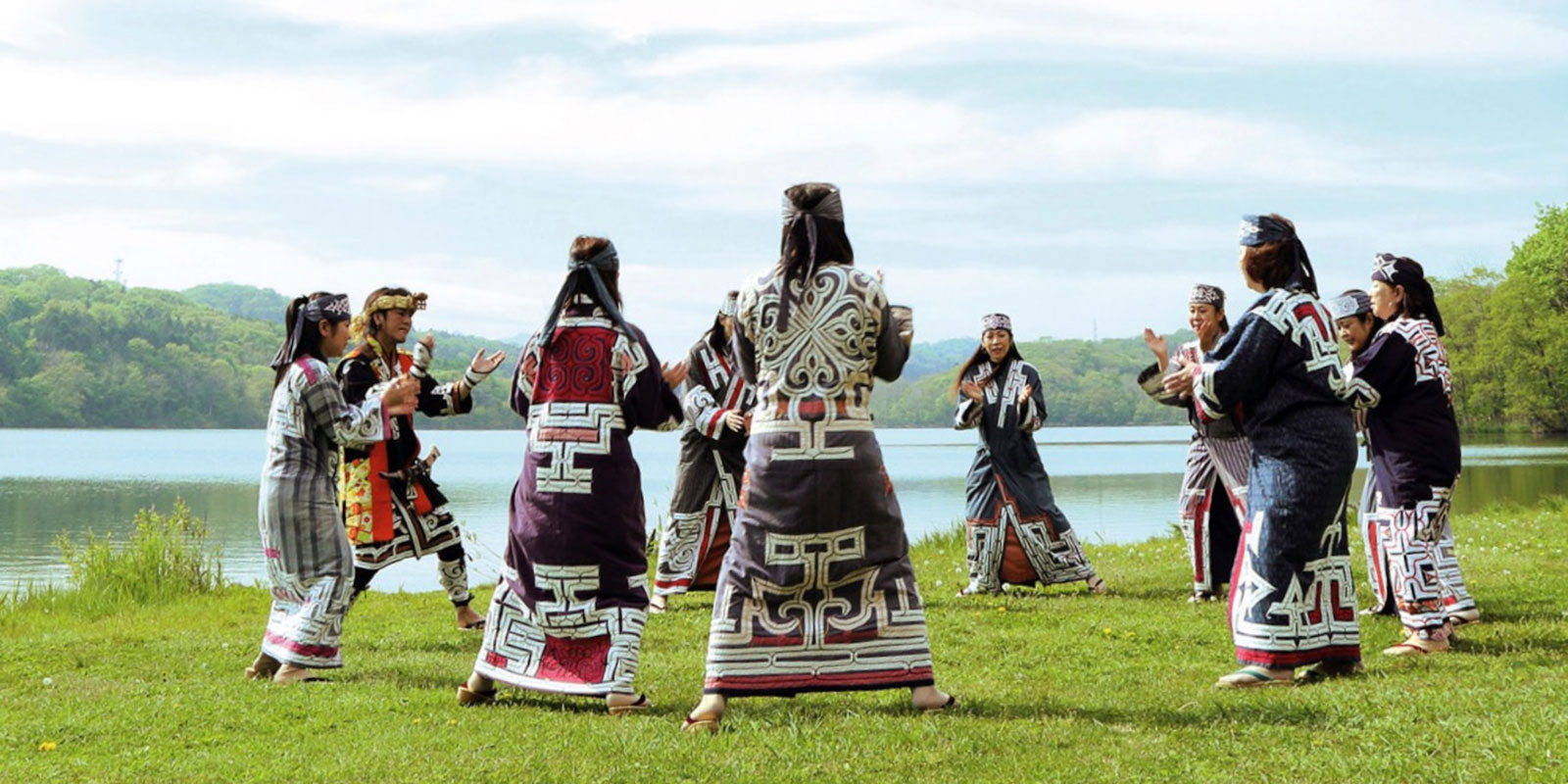 Upopoy National Ainu Museum and Park
Upopoy National Ainu Museum and Park
5. Experience Ainu culture
Upopoy National Ainu Museum and Park, Shiraoi
It took until 2019 for the Japanese government to officially recognize the Ainu of Hokkaido as an indigenous people, but efforts to safeguard and revive their endangered culture have picked up speed since then. Since 2020, the coastal town of Shiraoi—once the site of a significant Ainu settlement—hosts the Upopoy National Ainu Museum and Park, an engaging interactive museum that highlights Ainu heritage, language, culture, and daily life from historical and contemporary perspectives. Visitors can take part in activities such as wood carving, playing musical instruments like the mukkuri (a bamboo mouth harp), or watching traditional dance and song performances. The on-site Haru Ran Na restaurant serves innovative cuisine centered on local meats and vegetables roasted in traditional fashion over an open fire.
ainu-upopoy.jp/en 2-3 Wakakusacho, Shiraoi, +81 14 482 3914, Opening hours vary between 9am-5pm and 9am-8pm depending on season. ¥1,200 (adults), ¥600 (16-18), children under 16 free
6. Enjoy incredible seafood
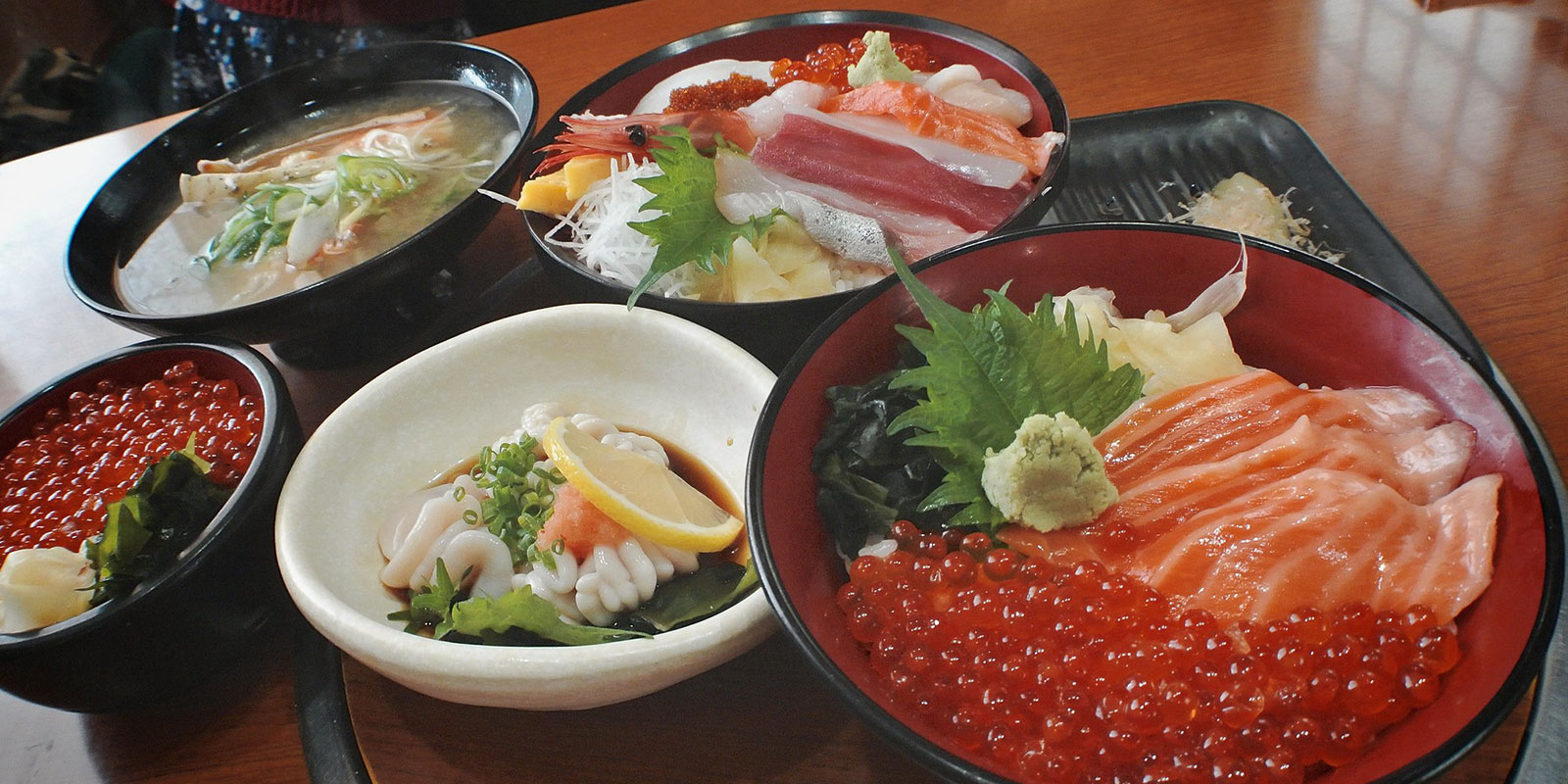 Flickr
Flickr
Hokkaido’s capital is a world-class food city, benefiting both from an abundant supply of excellent local seafood and a wealth of flavor-packed produce nourished by the great island’s fresh air, pristine mountain water, and crisp climate. To sample Sapporo’s bountiful seafood all at once and whatever the season, order kaisendon, a bowl of sushi rice topped with slices of raw seafood, at the Sapporo Central Wholesale Market. At restaurants and streetfood stalls across town look for a mix of local specialties like ikura (salmon roe), crab meat, salmon, botan ebi (prawn), uni (sea urchin roe), scallops, and squid. Diners in need of something warming on a chilly fall evening can pick from a steaming bowl of miso ramen (from the Yokochi ramen street), a serving of spicy soup curry (from any of the 200-plus restaurants serving it in the city), and creamy Ishikari nabe hotpot with salmon, cabbage, potatoes, scallions, mushrooms, and tofu, all cooked together in a luscious broth of dashi and miso.
Sapporo Central Wholesale Market 20-2-1 Kita 12, Jonishi, Chuo, Sapporo, +81 11 611 3111
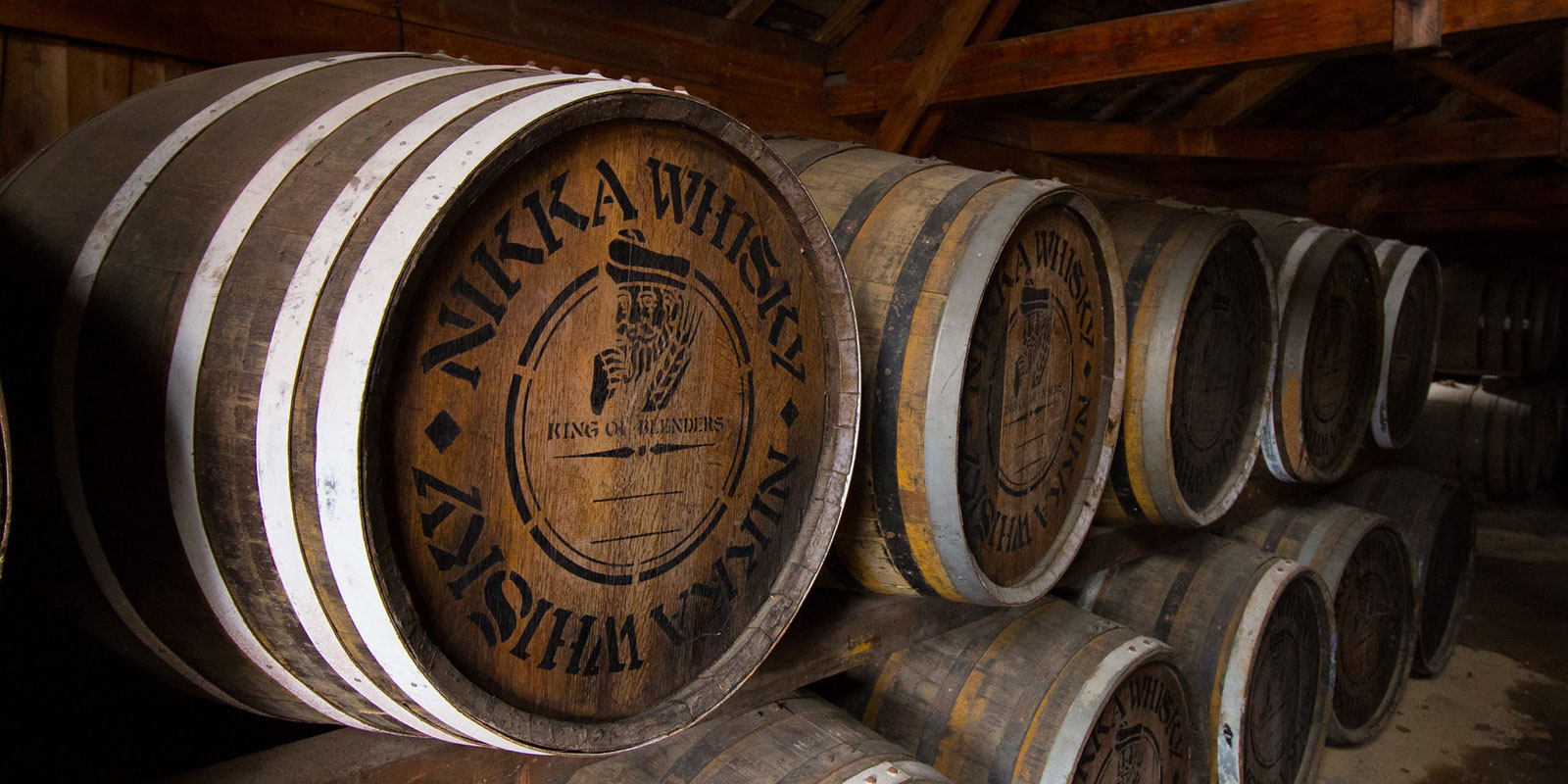 Flickr
Flickr
7. Raise a glass to the history of J-whisky
Nikka Distillery, Yoichi
Japanese whisky has taken the world by storm over the past 15 years, so much so that many of the most well-regarded varieties are hard to find due to overwhelming demand. For insight into how the country’s whisky-making got off the ground, join a free tour of the Nikka distillery in Yoichi, near Sapporo. The facility was founded in 1934 by Masataka Taketsuru, the “father” of Japanese whisky who studied production techniques in Scotland, married his wife Rita there, and upon his return set up a distillery in Hokkaido because he thought its climate resembled that of the Scottish Lowlands. After touring the vast grounds and its many historic buildings, settle in for some free tasting—or splurge on some seriously rare malts at the in-house bar.
nikka.com/eng/distilleries/yoichi 7-6 Kurokawacho, Yoichi, +81 13 523 3131, 9.15am-3.30pm. Tours are free but reservations are essential